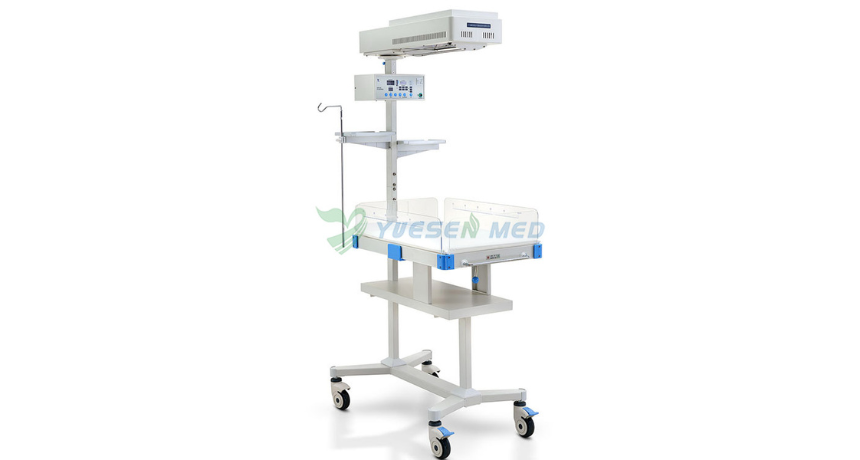YSX500D 50kW DR system set up and put into service in Cambodia.
YSENMED YSX500D 50kW digital x-ray system has been successfully set up and put into service in a hospital in Cambodia.
YSX056-PE serving as a vehicle-mounted x-ray in the Philippines
YSX056-PE 5.6kW portable x-ray unit has been adapted to fit on a truck, to provide mobile x-ray examination service for remote communities in the Philippines.
X Ray Machine To Zimbabwe
x ray machine, 50KW x ray machine
Microscope To Malawi
Achromatic objectives: 4X、10X、40X(S), 100X(S、Oil) Wide field eyepiece: WF10X(WF16X for option) Eyepiece head: Sliding binocular head inclined at 45° Stage: Double layer mechanical stage size 140X140mm, moving range 75X45mm Focusing: Coaxial coarse and
Flat panel detector
Flat panel detectors are a class of solid-state medical x-ray imaging devices similar in principle to the image sensors used in digital radiography and video, but due to the impracticability of focusing x-rays, the sensors are hundreds of times larger than those used in digital cameras.
X-rays pass through the subject being imaged and strike a scintillator layer of gadolinium oxysulfide or cesium iodide which converts the x-rays into light. Directly behind the scintillator layer is an amorphous silicon-on glass detector array manufactured using a process very similar to that used to make LCD televisions and computer monitors. Like an TFT-LCD display, millions of roughly 0.1 mm pixels each containing a thin-film transistor form a grid patterned in amorphous silicon on the glass substrate. Unlike an LCD, but similar to a digital camera's image sensor chip, each pixel also contains a photodiode which generates an electrical signal in proportion to the light produced by the portion of scintillator layer in front of the pixel. The signals from the photodiodes are amplified and encoded by additional electronics positioned at the edges or behind the sensor array in order to produce an accurate and sensitive digital representation of the x-ray image.
Flat-panel detectors are more sensitive, faster and cheaper than film. Their sensitivity allows a lower dose of radiation for a given picture quality than film. They are lighter, far more durable, smaller in volume, more accurate, and have much less image distortion than image intensification detectors and can also be produced in larger sizes.
 Why Do Babies Need Infant Radiant Warmers?
Why Do Babies Need Infant Radiant Warmers?
 Introduction video of YSENMED YSDEN-302S Mobile Dental Chair Unit.
Introduction video of YSENMED YSDEN-302S Mobile Dental Chair Unit.
 Dr. Mbumba from Gabon highly recommends YSENMED YSX500D DR system
Dr. Mbumba from Gabon highly recommends YSENMED YSX500D DR system
DR. Mbumba from Gabon has been advertising our YSX500D digital x-ray system, due to its good performance,
 What is the Difference Between an Incubator and a Radiant Warmer?
What is the Difference Between an Incubator and a Radiant Warmer?



